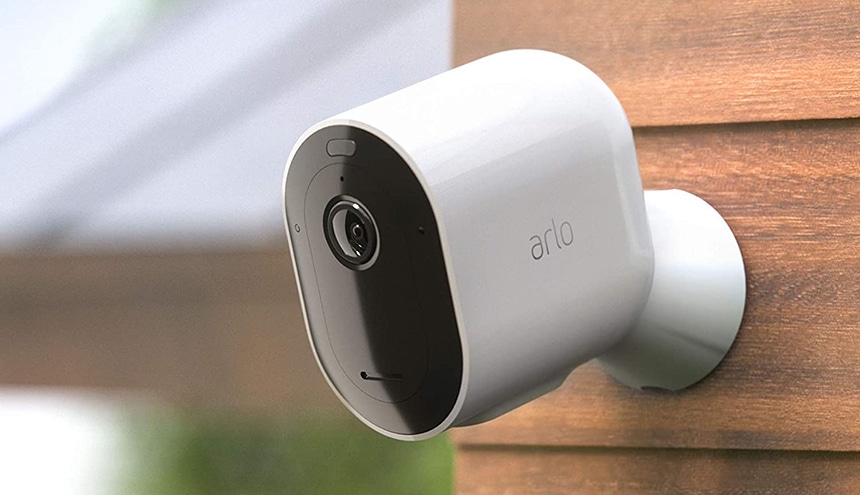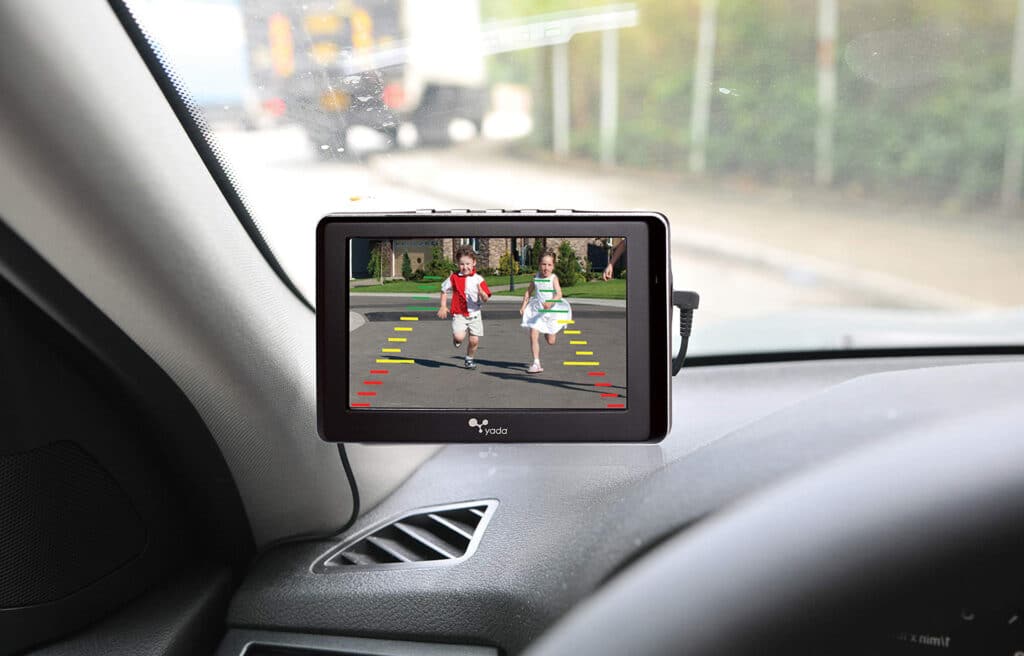

Night vision cameras are a very big deal in security because they allow security cameras and the likes to retain effectiveness in darkness. You might not have had cause to get yourself a pair of night-vision goggles or a security camera but, from the Hollywood movies and some reality shows, you should be familiar with the resulting black and white or black and green footage. The real question, though, is, how do night vision cameras work?
The technology of night vision has developed greatly over the years, and this has led to a variety of ways by which such vision can be brought about. This diversity in approach has, consequently, led to the invention of different types of night vision cameras that operate on different principles to produce their effects.
This technology is popular but not infallible, and, as a result, knowing how it works would go a long way in enhancing its usefulness to you.
Night vision Trusted Source Night vision - Wikipedia Night vision is the ability to see in low-light conditions. Whether by biological or technological means, night vision is made possible by a combination of two approaches: sufficient spectral range, and sufficient intensity range. en.wikipedia.org cameras utilize a digital or analog system, and both these systems are widely popular, but there might be specific situations that are better suited to the use of analog cameras rather than digital and vice versa.
For instance, digital cameras utilize internalized chips and sensors which can operate at night or day, and, as such, they are popularly used in security cameras.
On the other hand, analog night vision cameras are commonly used in night vision goggles. Such cameras make use of magnifying lenses with an image intensifier tube in the center of the magnifying glass.
These functional mechanisms influence what night vision cameras are best for specific conditions. Based on their mechanisms of action, night vision cameras can be:
This type of night vision cameras relies on light intensification technology to give off its visual effect in conditions of low light. These cameras utilize a vacuum tube-based intensifier that emits electrons through the tube when light strikes a charged photocathode plate.
The electrons are then multiplied through a photomultiplier and passed through a phosphor screen, thus creating flashes of light that improve the brightness of the image.
It is this phosphor screen that produces the black and green image that you might have seen in some night vision images and footage. It should be noted that this technology is rarely utilized in security cameras but are more common in night vision goggles and some of the best night vision scopes for hunting.

This type of night vision cameras is more commonly used as security cameras because they utilize technology that is easier and cheaper to implement, and they produce a black and white image that is better than that of the low light models.
These cameras operate using near-infrared light that is flooded into the area from illuminators in the camera. Because the near-infrared light is invisible to the human eye, we don’t get to see it, but the infrared-sensitive camera can utilize this invisible illumination to produce visible images.
The images producing using an IR night vision camera tends to be black and white as a result of a monochrome filter present within. This filter helps us see the image clearly, but it isn’t the only filter in the camera.
The other filter is the IR cut filter which automatically applies itself when it detects light. This cut filter blocks the release of IR light and helps to keep the camera producing colored footage when the surrounding area is bathed with visible light. Without this filter, the daytime images would appear distorted at best.
One of such cameras recommended by experts is the Arlo Pro 3 Spotlight Camera.
From the name, thermal imaging devices use temperature rather than light to produce their images. The technology utilizes the principle that all things radiate infrared energy due to temperature, and the higher the temperature, the more intense the infrared energy radiated. As such, devices that utilize this technology show cold objects as black while hot objects are observed as white.
These thermal images created as a result of the difference in intensity of infrared radiation are called thermograms, and they require no visible illumination to function. This lack of requirement of any sort of light initially made devices that use this technology popular in military operations and surveillance. Trusted Source Ask Smithsonian: How Does Night Vision Work? Night vision technology, which was once quite clunky, has become so lightweight and powerful that it is shifting the battle paradigm for U.S. forces. Night has become day. www.smithsonianmag.com However, nowadays, technology has found use in autonomous vehicles, firefighting, inspection duties, etc.
A major benefit to using thermal imaging cameras over the other night vision cameras is their range. The thermal imaging night vision cameras are capable of detecting long-distance objects or people with clarity. However, this contributes to the expensiveness of such technology, though, as earlier implied, they are slowly growing in popularity both within and outside security functions.
The ability of night vision cameras to see in total darkness would depend on the technology the device is based on. For instance, the low-light models described earlier would require a little bit of light, no matter how small, to function. This would mean that in a completely shut room, with no ambient light, they would be functionally useless. This disadvantage is one of the reasons such technology is mostly used in night vision goggles and not in security cameras.
On the other hand, infrared cameras and thermal imaging cameras can see in total darkness. This is so for the IR cameras because they possess infrared illuminators that supply the camera with invisible near-infrared light it needs to produce visible images in darkness.
The thermal imaging cameras maintain the same level of function by detecting heat signatures of objects or people from the intensity of their infrared radiations and using these signatures to create images called thermograms.
The features of a night vision camera should be a significant factor in its purchase as it would impact the versatility and effectiveness of the camera. For example, the features that make a security camera suitable would be different from those that make a car backup camera suitable. The following features should be especially taken note of:
Night vision technology is just one of the key advancements or developments to have been made in security camera technology and though, all night vision tech might prove effective for your need, certain types of night vision cameras would be more suitable than others.
Due to this difference in the suitability from the camera to camera, the question of ‘how do night vision cameras work’ becomes more important in selecting the right camera. For instance, if you need a night vision camera to observe and detect intrusion over long distances, investing in a thermal imaging device might serve better than, say, an infrared device.
Having pointed this out, the knowledge of how night vision technology in cameras work should help in making better purchase decisions when the security of lives and properties are at stake.





